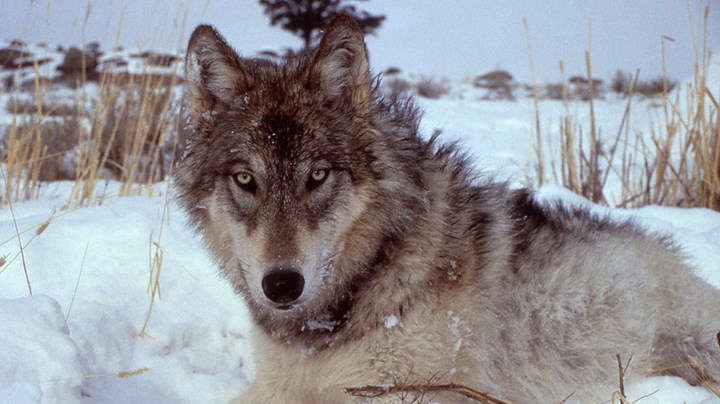
by Erin C. Healy - Sunday, May 26, 2019

On May 13, the U.S. Fish and Wildlife Service (USFWS) announced it was extending the comment period for removing Endangered Species Act (ESA) protections for the gray wolf. Comments on the proposed rule will end at midnight on July 15, 2019. “All interested parties” are encouraged to comment, however, the USFWS intends that “any final action resulting from this proposal will be based on the best scientific and commercial data available and will be as accurate and as effective as possible.”
As NRAHLF.org has reported, the gray wolf, like the bald eagle and other species, is a wildlife conservation success story. Last November, the U.S. House of Representatives passed the Manage Our Wolves Act. At that time, Chris Cox, executive director of the National Rifle Association’s Institute for Legislative Action (NRA-ILA) commented, “History has proven that states manage wildlife far better than the federal government. … This is a win-win for wildlife conservation and hunting alike.” As the USFWS notes: “The gray wolf has already been delisted in the Northern Rocky Mountains. The states of Wyoming, Montana, Idaho, Oregon and Washington have shown their ability to manage this delisted wolf population responsibly so that it remains healthy and sustainable.” A perfect example of this is how wolf numbers increased in Wyoming despite the state’s delisting.
In March the U.S. Department of The Interior Secretary David Bernhardt directed the USFWS to begin the official process to remove gray wolves from ESA protection. (The delisting does not apply to Mexican gray wolves or red wolves.) The ESA was enacted to recover species from the brink of extinction; it was never intended to protect species indefinitely, even after they enjoyed a sustainable and healthy recovery. Yet, anti-hunting organizations use the courts to file suit after suit to tie up the delisting process. Often the larger organizations coordinate with smaller, less well-known state-level proxies to run point on their agenda. (Here is a list of some of the more prominent anti-hunting organizations.) For example, anti-hunting efforts convinced a judge to buck science and halt grizzly hunts in states with recovered populations and increased human-bear interactions.
As NRA Associate Litigation Counsel Michael Jean noted, we should be prepared for similar efforts against the delisting of gray wolves. For instance, a cursory search regarding Yellowstone National Park wolves, shows a decline in numbers, a fact anti-hunters will undoubtedly pounce on in legal efforts to stop the species' delisting. But if you read beyond the headline, the facts paint a far different picture.
Wolf pups only have a 7 percent survival rate. Wolves within the park—the only place where preservation and not conservation is the mission—have an 80 percent chance of surviving year to year, but wolves only live five or six years in the wild. Add to this outbreaks of mange, distemper and parvo and one can understand why the Yellowstone wolf population has dropped from a high of 174 wolves in 2003, to a leveling off of 100 wolves and now to 80 individuals. Gray wolves also move out of the park into surrounding areas, in which conservation and not preservation is the mission. But this still is not the No. 1 reason wolf populations within the ecosystem are down. It’s wolves themselves. They are ferociously territorial, killing each other and eating the pups of rival packs.
Studies are currently underway to study pack dynamics and how the loss of certain wolves at certain times can destabilize a pack. Doug Smith, long-time project leader for the Wolf Restoration Project in Yellowstone, did a Facebook Live presentation in April. He also answered questions from commenters. You can watch the video on the YNP Facebook page.
About the Author:
Erin C. Healy is the associate editor of the NRA Hunters' Leadership Forum. She edited a lifestyle magazine on Cape Cod for 14 years and provided marketing services for her local guntry club prior to working for BLADE magazine and a regional recreational fishing magazine. She served in the U.S. Army, is an NRA Life Member, a National Wild Turkey Federation member and sends her Jack Russell Terriers to ground as often as possible.
Follow NRA Hunters' Leadership Forum on Twitter @HuntersLead.
E-mail your comments/questions about this site to:
[email protected]
